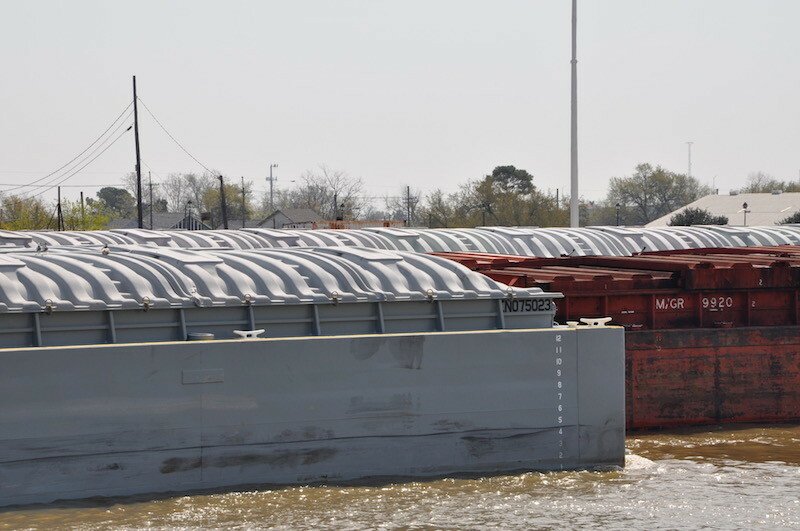On Feb. 9, the U.S. Department of Agriculture released an updated A Reliable Waterway System Is Important to Agriculture report, previously published in October 2018.
The latest USDA report summarizes statistics on U.S. grain and agricultural products, including bulk and containerized cargos that transited the U.S. waterway navigation system. In 2019, agricultural exports were responsible for 25.5% of U.S. farm income— driving rural economic activity and supporting more than one million U.S. jobs on and off the farm, the report said.
The report describes marine transportation’s projected contribution to agricultural exports and imports in fiscal year 2022, forecast at $175.5 billion. Agriculture will provide a $10.5 billion trade surplus to the U.S. economy, with imports forecast at $165 billion, the report said. Agricultural exports are responsible for 25.5% of U.S. farm income.
The report also provides statistical data showing the key role of U.S. waterways in moving many commodities, including grain, forestry and fishery products, and critical farm inputs (such as fertilizer, feed, and fuel). It includes information related to harbor channels, waterway drafts, closures, and federal budget issues, with a comprehensive bibliography on these subjects.
Some key points from the report:
● U.S. agriculture is expected to contribute $10.5 billion to the U.S. balance of trade in fiscal year (FY) 2022.
● All U.S. exports are forecast to reach $175.5 billion. Imports are forecast to reach $165 billion in FY 2022.
● In addition to forestry and fishery products, critical farm inputs (such as fertilizer, feed, and fuel) move on the waterway system.
● In calendar year 2019, U.S. agricultural exports of $142 billion generated an additional $161.4 billion in the U.S. economy and supported 1.1 million jobs. The farm sector’s share of the income supported by agricultural exports was 25.5%.
● In 2019, every $1 billion of U.S. agricultural exports required approximately 7,784 full-time civilian jobs throughout the economy. U.S. agricultural exports in 2019 required a total of 1.1 million such jobs.
● In 2020, 166.9 million metric tons (mmt) of agricultural exports and 40.5 mmt of agricultural imports were waterborne.
● Exporters, importers, and domestic shippers depend on maintaining the authorized depths and widths of ports, waterways, locks, and dams.
● The Harbor Maintenance Tax (HMT) was created by the Water Resources Development Act of 1986. HMT is a 0.125% ad valorem tax on the value of imports and certain domestic waterborne cargo deposited in the Harbor Maintenance Trust Fund (HMTF) for harbor maintenance and dredging.
● Estimated FY 2019 HMT receipts and investment interest were $1.8 billion, and congressional appropriations from the HMTF were $1.5 billion, yielding an estimated year-end balance of $9.5 billion.
● Commercial vessels engaged in waterborne transportation in the inland waterways system generate revenues and investment interest from a tax on diesel fuel of 29 cents per gallon. The tax is deposited in the Inland Waterways Trust Fund (IWTF) to finance the federal costs of authorized locks and dams projects.
● During FY 2021, the funding for the Army Corps of Engineers was $7.8 billion, with $113 million appropriated from IWTF. Congress lowered the required IWTF contribution from 50% to 35% for construction projects funded from FY 2021 through FY 2031, thereby increasing the general fund share to 65%.





